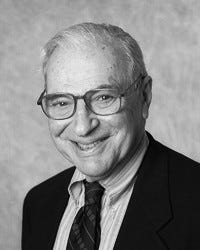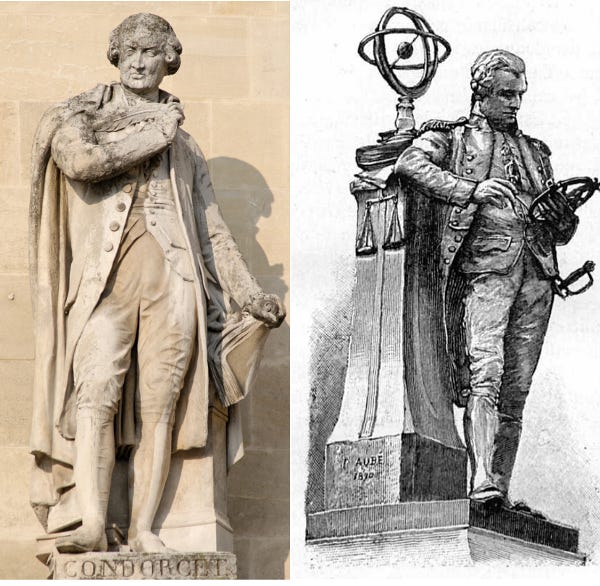A brief introduction
In a nutshell, voting theory, also known as social choice theory, is the theory of how to go from a set of individual desires to a common social outcome. Each one of these methods is known as a voting system or voting rule. For example, most jurisdictions within the United States use either plurality voting or a plurality with majority runoff. Maine has adopted a system known as ranked choice voting (previously known as instant runoff voting).

This area is closely related to decision theory and game theory. Voting theory is mathematical, relying on breaking down different voting systems logically in the same way that game theory breaks down “games” logically. Given the rules of a voting system, what will its outcomes look like in relation to what voters what? What incentives does the system produce for voters or candidates?
The field has an interesting history. Within academia, it exists in a cross-disciplinary niche, borrowing from political science, economics, mathematics, and philosophy. Outside of the academy, voting theory is of some interest to those interested in election reform. Over the centuries, many individual scholars have independently stumbled across the problems of voting theory and carried out interesting work on the subject more or less in isolation.
It is reasonable to say that the modern field of voting theory originates with two highly interdisciplinary French mathematicians: Jean Charles de Borda and Marie Jean Antoine Nicolas de Caritat. Both were elected to the French Academy of Sciences in the 1760s, and their interest in voting systems was closely linked to the selection processes used by the society.
Marie Jean Antoine Nicolas de Caritat is usually known by Condorcet, short for his title as the Marquis of Condorcet. Voting theorists have gotten away with dispensing with his four given names and family name because no other Marquis of Condorcet was historically notable.
His areas of research included integral calculus and philosophy. The work that gave rise to the term Malthusian spent the better part of two chapters rebutting Condorcet’s work. Condorcet’s more political work proved fatal due to the nature of 18th century French politics.
Borda did his work in mathematics, physics, and engineering. His first major publication was on ballistics (based on his work as an artillery officer); he also made significant contributions to navigational techniques. Borda is probably most notable as the person who established the length of the standard meter. As a senior naval officer, he commanded a squadron of French ships during the American Revolutionary War, and was captured by the British.
A later notable and multi-talented voting theorist was Charles Dodgson. Dodgson was better known as a logician, and most famous for his fictional work under the pen name of Lewis Carroll.
As is the case with game theory, a significant amount of development in the field erupted in the 1940s and 1950s. This notably included the median voter theorem (Duncan Black, 1948) and the first major impossibility theorem tied to voting systems (Kenneth Arrow, 1951). Arrow’s Impossibility Theorem was a key result, and is often cited as meaning that no voting system is perfect.

Several other impossibility theorems followed in the next few decades, following an axiomatic approach. Voting systems were shown to be generally illiberal and manipulable. In parallel with the axiomatic development of impossibility theorems came the development of similar results showing one or another voting system was a correct solution (in some cases, the unique solution) given a particular set of more relaxed criteria. Arrow’s theorem and the axiomatic approach did not end the debate over which voting system might be best, in other words.
After an initial explosion of axiomatic work, attention began to focus on the more difficult questions tied to probability. For example, every voting system under serious consideration violates Arrovian Independence of Irrelevant Alternatives in some way; how severe is the violation? For systems that violate monotonicity, how likely is the violation to occur? While almost every system is potentially manipulable per Gibbard and Satterthwaite, how many of them will routinely be manipulated?
In this publication, we will explore the insights (and in some cases limits) available to us by studying the basics of game theory.

